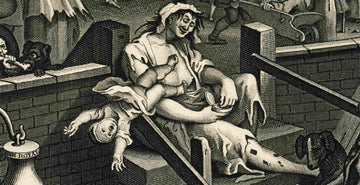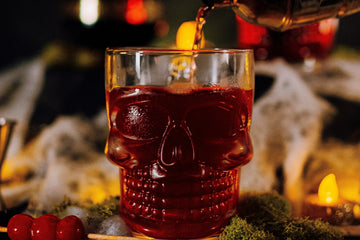
Gin is a popular spirit that has been enjoyed for centuries, but you may have heard it referred to as 'Mother's Ruin'. But how did it get tagged so and why has it endured?
Gin is known as 'Mothers Ruin' because it's believed that excessive gin consumption in the 18th century caused mothers to neglect their children and their families, hence the term 'Mothers Ruin'.
The Origins of Gin
Gin is a distilled spirit which legally must have the juniper berry as it’s dominant flavour. It originated in the Netherlands in the early 17th century, where it was used as a medicine to treat a variety of ailments. It quickly spread to England, where it became popular among the working class.
The Gin Craze
In the 18th century, gin became incredibly popular in England, particularly among the poor. This led to the "Gin Craze," a period of excessive gin consumption that had a number of negative consequences. The government attempted to control the consumption of gin by passing a series of taxes and regulations, but these measures were largely ineffective.
The Consequences of Excessive Gin Consumption
The prodigious consumption of gin wreaked havoc on society, particularly for women from the working classes turning to gin as a way to cope with poverty and difficult living conditions. This led to a rise in drunkenness and other social problems among women, and gin became associated with the neglect of families and the ruination of women's lives.
"Mother's Ruin"
It was believed that gin was causing mothers to neglect their children and their families leading to the name Mothers Ruin.
Conclusion
The name "Mother's Ruin" is a reminder of the consequences of excessive gin consumption in the 18th century. Today, gin, especially Filey Gin, is enjoyed responsibly and is a popular spirit enjoyed by many. But it's important to remember the lessons of the past and to be aware of the potential risks of excessive alcohol consumption. Always drink responsibly. Drinkaware.co.uk




